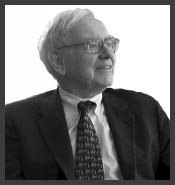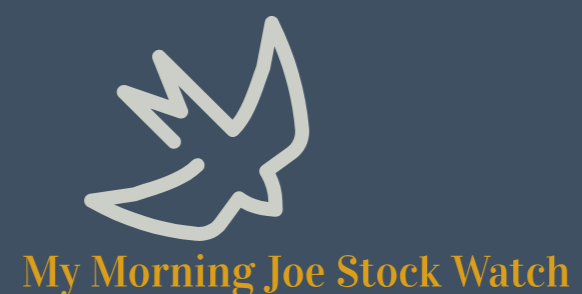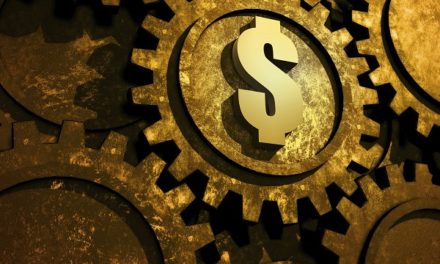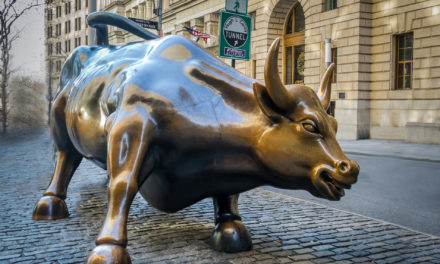
“When we own portions of outstanding businesses with outstanding managements, our favorite holding period is forever.”
— Warren Buffett
The Warren Buffett investment philosophy calls for a long-term investment horizon, where a twenty year holding period, or even longer, would fit right into the strategy. How would such a strategy have worked out for an investment into Southwest Airlines Co (NYSE: LUV)? Today, we examine the outcome of a twenty year investment into the stock back in 2004.
| Start date: | 12/31/2004 |
|
|||
| End date: | 12/30/2024 | ||||
| Start price/share: | $16.28 | ||||
| End price/share: | $33.56 | ||||
| Starting shares: | 614.25 | ||||
| Ending shares: | 703.02 | ||||
| Dividends reinvested/share: | $4.77 | ||||
| Total return: | 135.93% | ||||
| Average annual return: | 4.38% | ||||
| Starting investment: | $10,000.00 | ||||
| Ending investment: | $23,580.33 | ||||
As shown above, the twenty year investment result worked out as follows, with an annualized rate of return of 4.38%. This would have turned a $10K investment made 20 years ago into $23,580.33 today (as of 12/30/2024). On a total return basis, that’s a result of 135.93% (something to think about: how might LUV shares perform over the next 20 years?). [These numbers were computed with the Dividend Channel DRIP Returns Calculator.]
Many investors out there refuse to own any stock that lacks a dividend; in the case of Southwest Airlines Co, investors have received $4.77/share in dividends these past 20 years examined in the exercise above. This means total return was driven not just by share price, but also by the dividends received (and what the investor did with those dividends). For this exercise, what we’ve done with the dividends is to assume they are reinvestted — i.e. used to purchase additional shares (the calculations use closing price on ex-date).
Based upon the most recent annualized dividend rate of .72/share, we calculate that LUV has a current yield of approximately 2.15%. Another interesting datapoint we can examine is ‘yield on cost’ — in other words, we can express the current annualized dividend of .72 against the original $16.28/share purchase price. This works out to a yield on cost of 13.21%.
More investment wisdom to ponder:
“You get recessions, you have stock market declines. If you don’t understand that’s going to happen, then you’re not ready, you won’t do well in the markets.” — Peter Lynch




